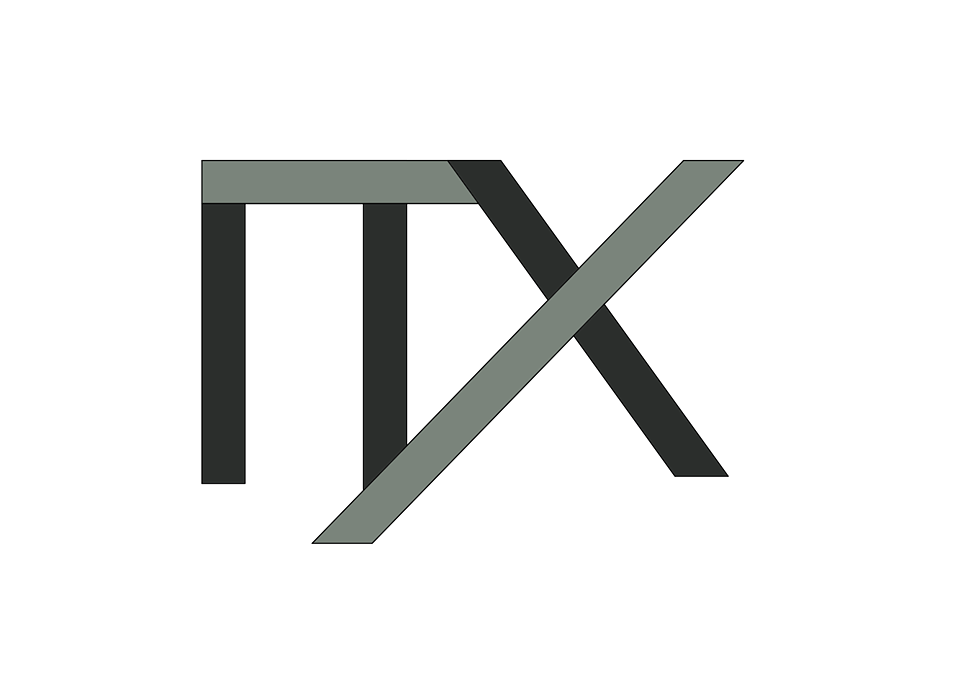This June we presented the paper “Designing an interdisciplinary laboratory to tackle governance foundations” at the EURAM Conference that took place in Paris. The paper is the fruit of an interdisciplinary collaboration with researchers Muriel Doudet-Mambrini – INRA, Elsa Berthet – MC GILL UNIVERSITY, Claude Didry – CNRS and Anne-Françoise Schmid – MINES PARISTECH. Here’s its absract:
The formal landscape of governance studies is obscure although governance has become a self-understanding practice in very discrepant fields. Our assumption is that governance relies on micro-foundations not captured through disciplinary procedures, which are better shaped for macro-foundations. We propose an interdisciplinary method mixing indirect approach and epistemic rigor. We chose as experimental field the ecosystem of science management, because i) it is one of the most ancient enterprise practicing governance and ii) each member of our team could provide the knowledge of actors, practitioners, managers and scholars using the same experimental device. We built a transient interdisciplinary laboratory using procedures offered by a new epistemic proposal, which opens the disciplinary fields on a generic space and allows the combination of different sources of knowledge with high rigor. In short, governance is considered as an integrative object encompassing a large diversity of dimensions. It is studied using a dynamic matrix crossing sources of knowledge corresponding to the dimensions (variables) with drivers of knowledge exchange (index) within a working community.
We defined the minimal model for governance as the ratio of orchestration of collective organization over dynamic knowledge puzzling. We built the matrix with, as variables, the discrepant postures within the ecosystem of scientific knowledge production and as index the epistemic tools best linked to the two terms of the model namely discipline democracy and machinery for knowledge exchange. Each of the authors of the present article filled in the matrix, the cells provided then the scientific data to be processed in our interdisciplinary laboratory. The results are so far the precise description for governance of i) a model, ii) a style and iii) micro-foundations. All together they highlight the landscape in which searching for theories and give the interdisciplinary background as well as impulses to eventually design new ones.
